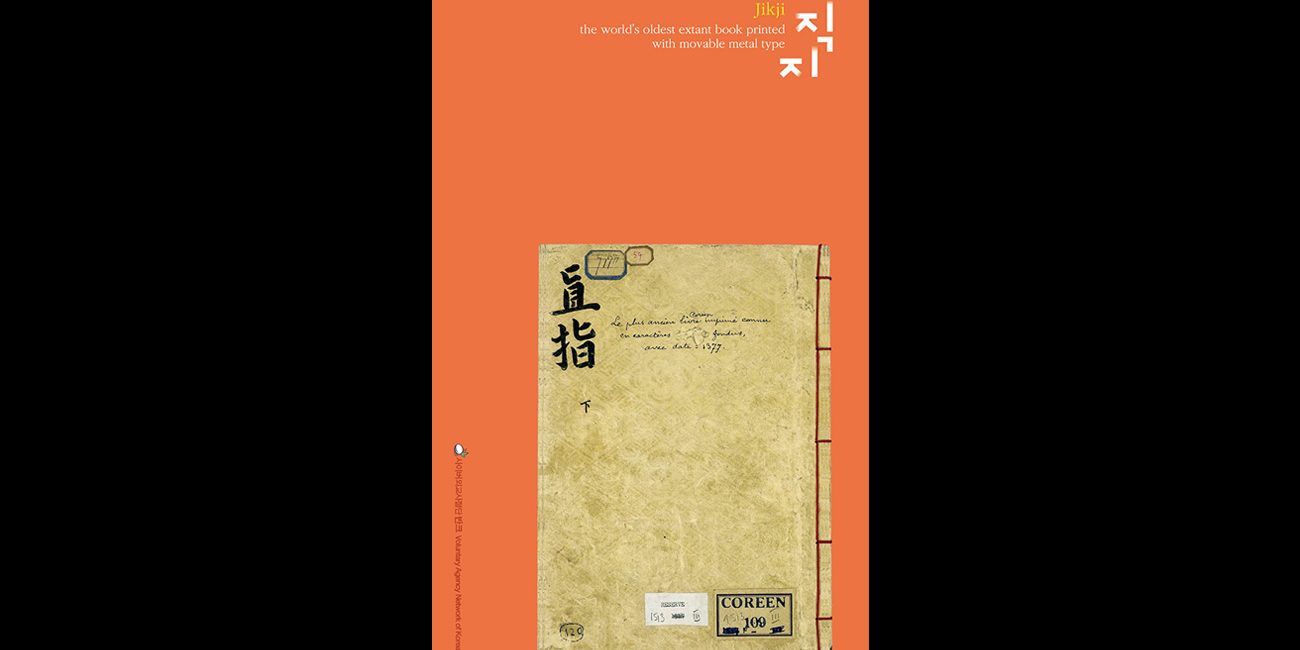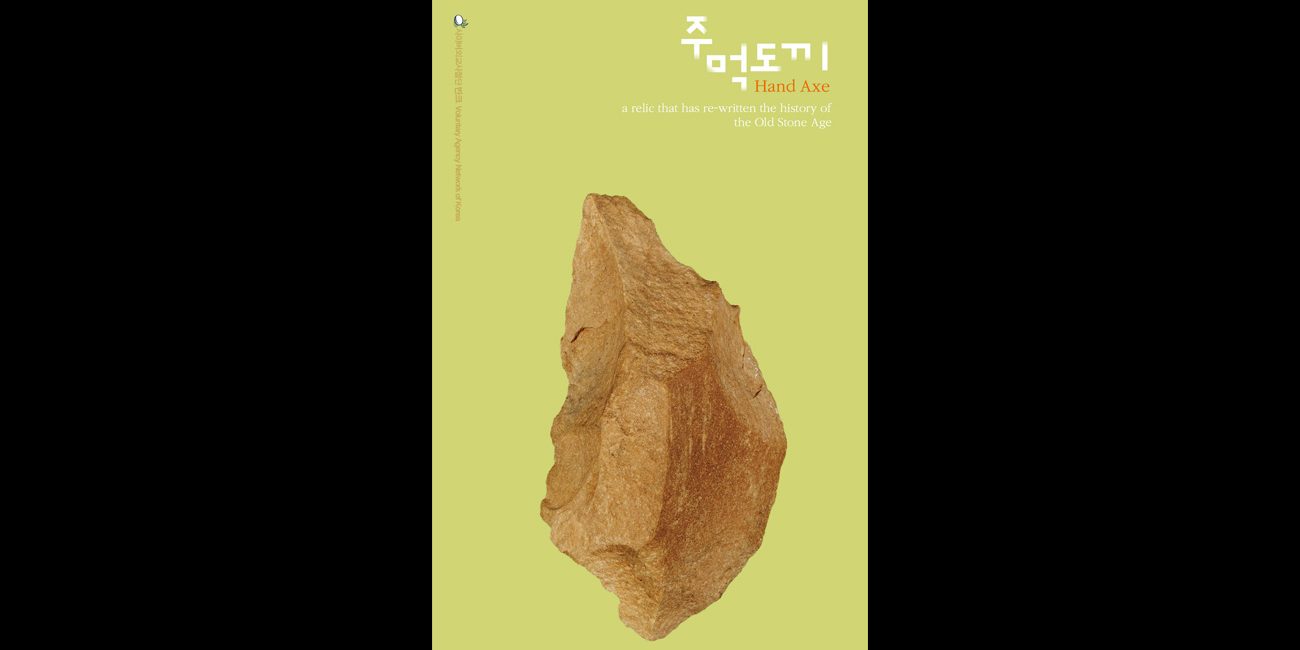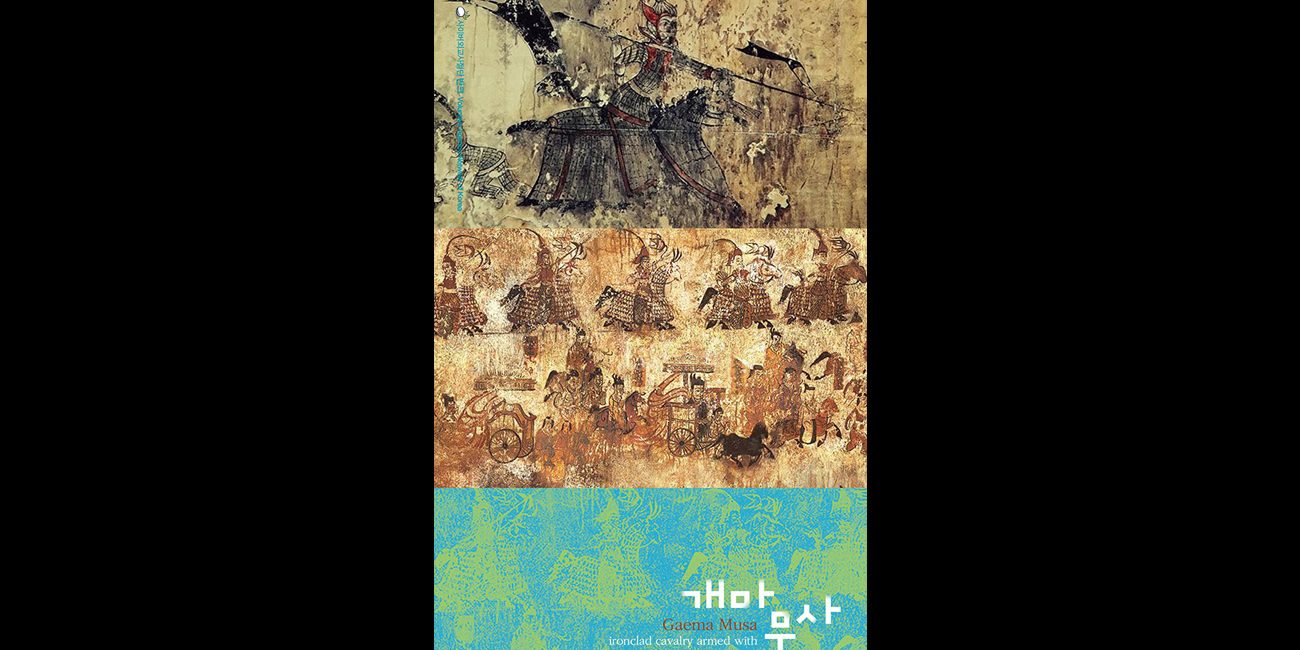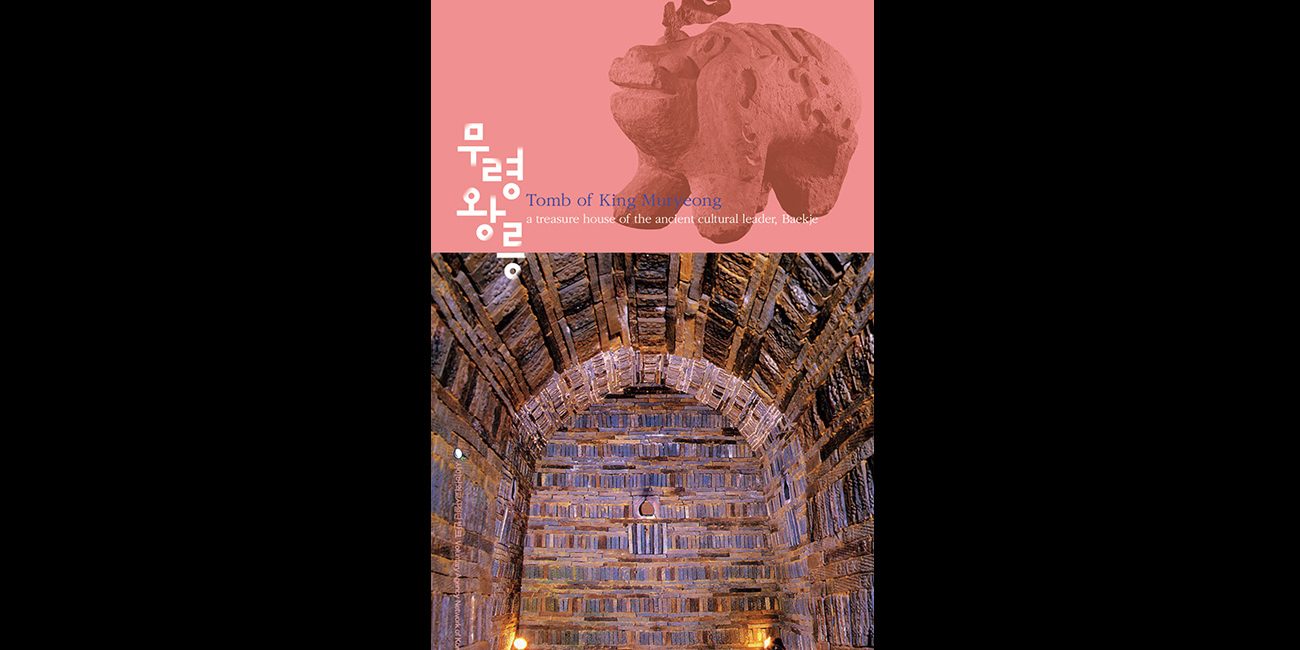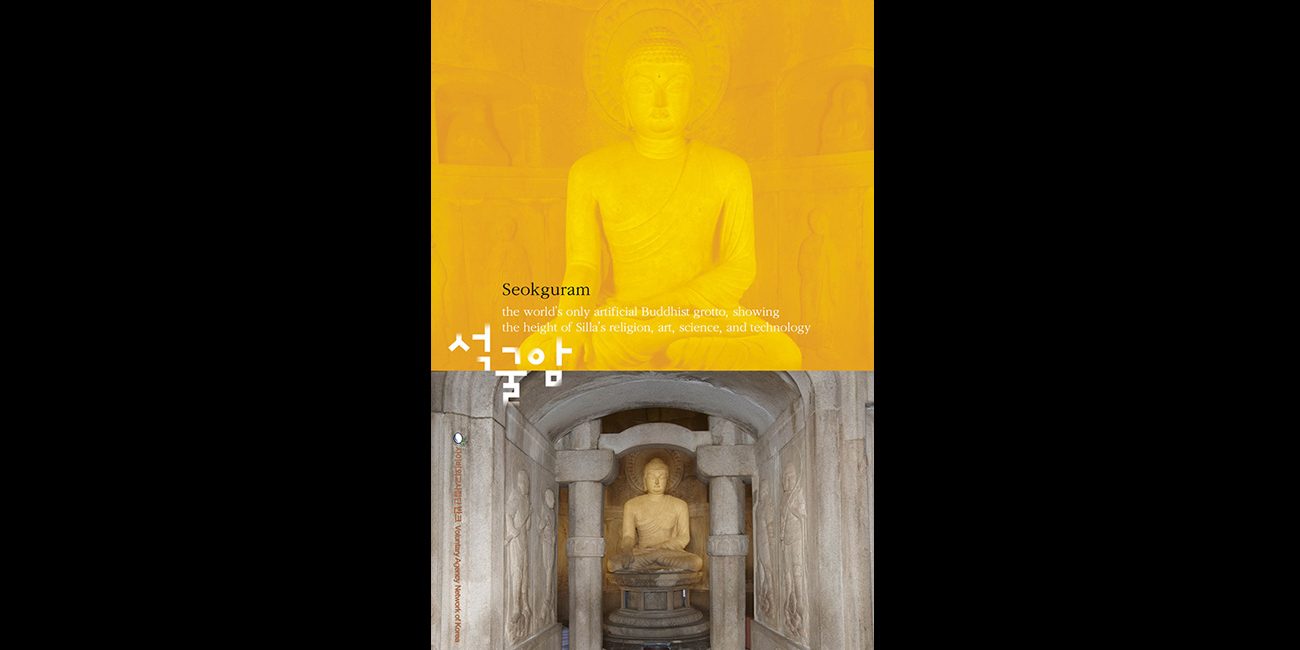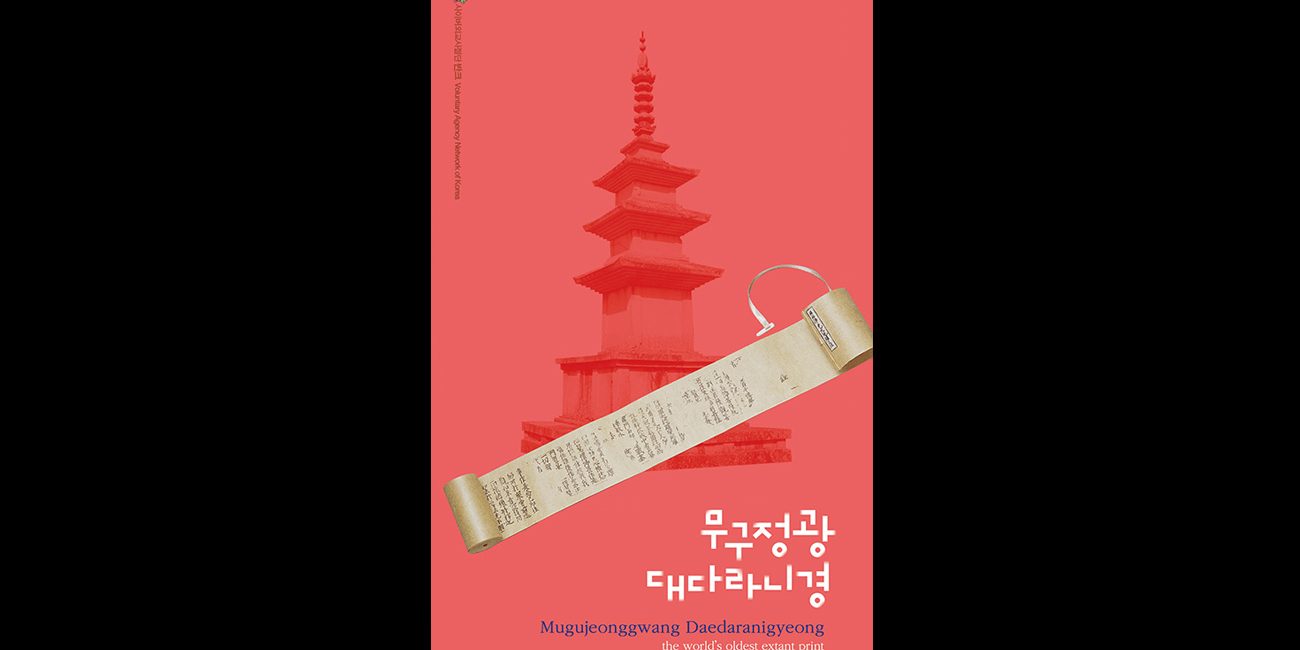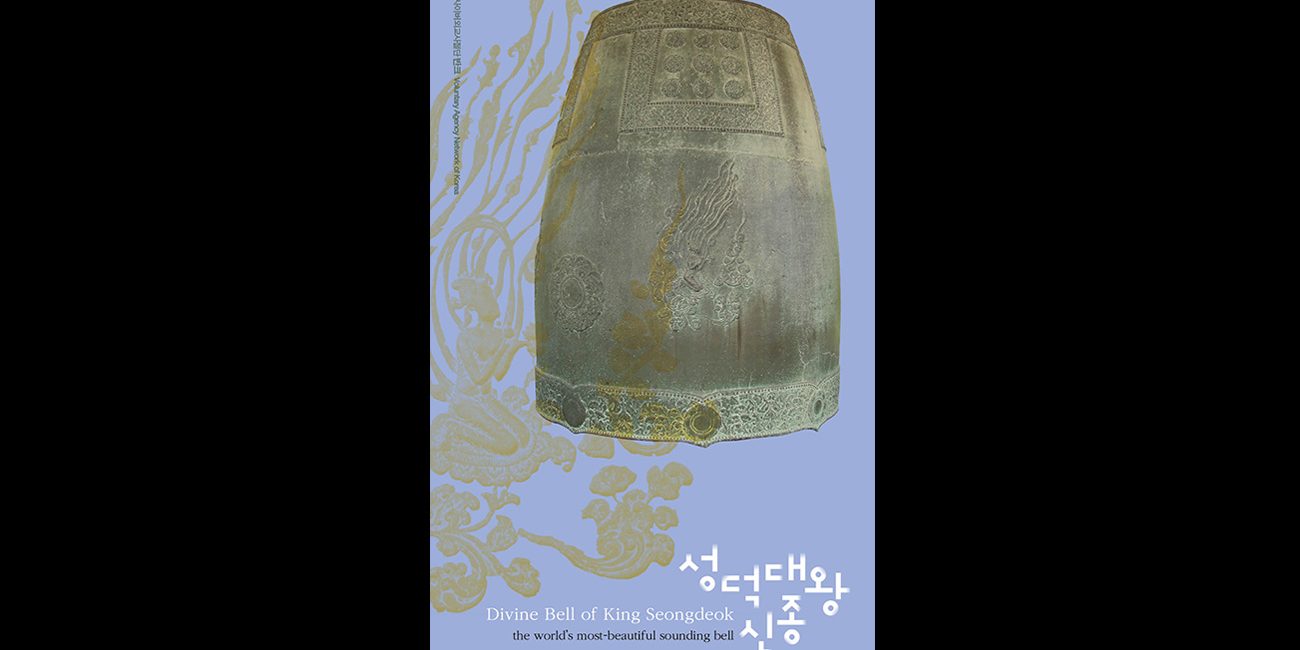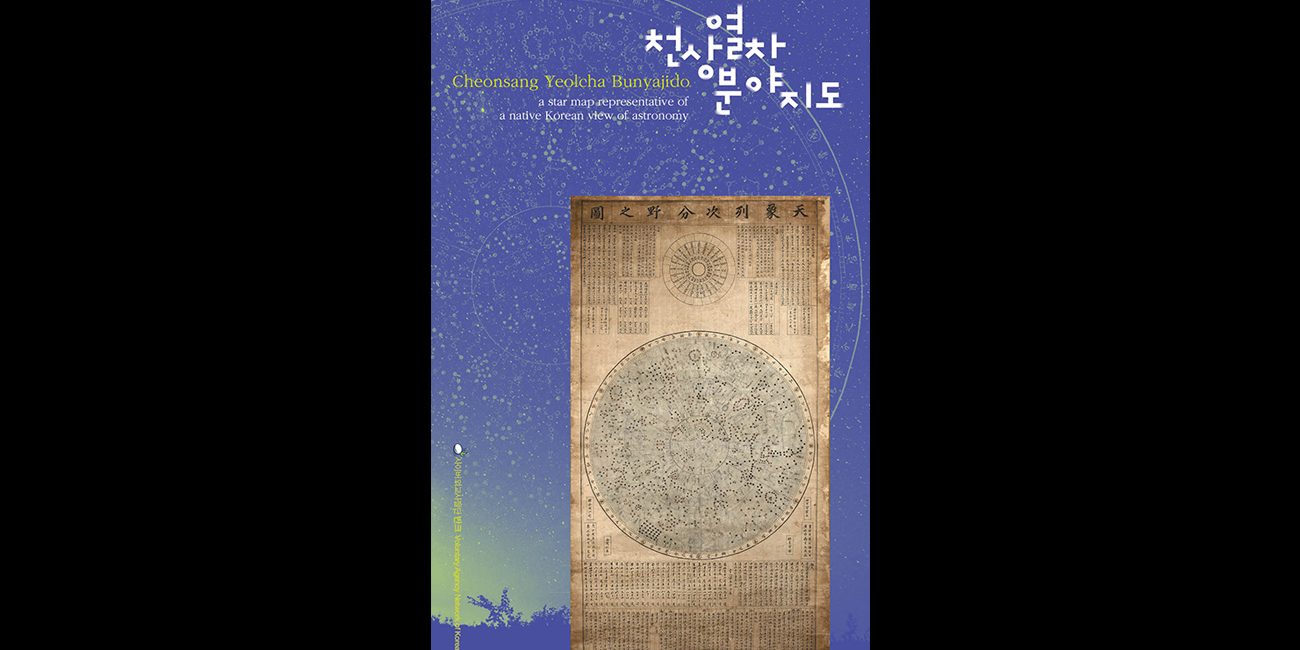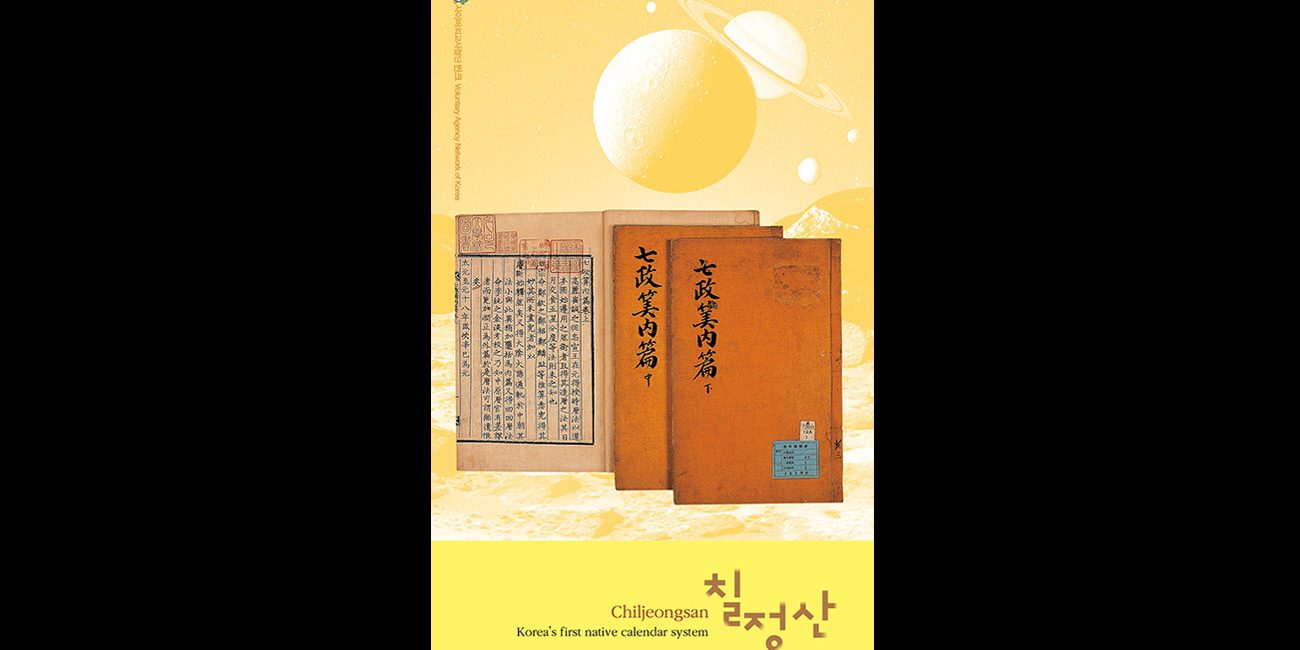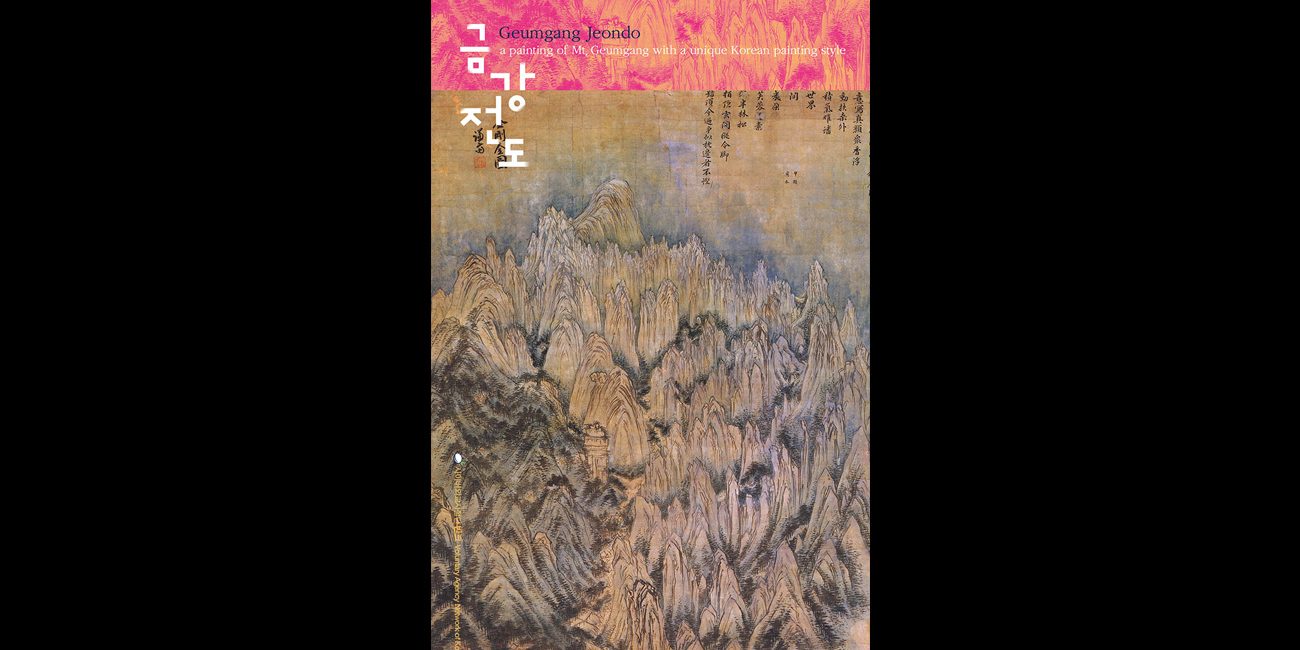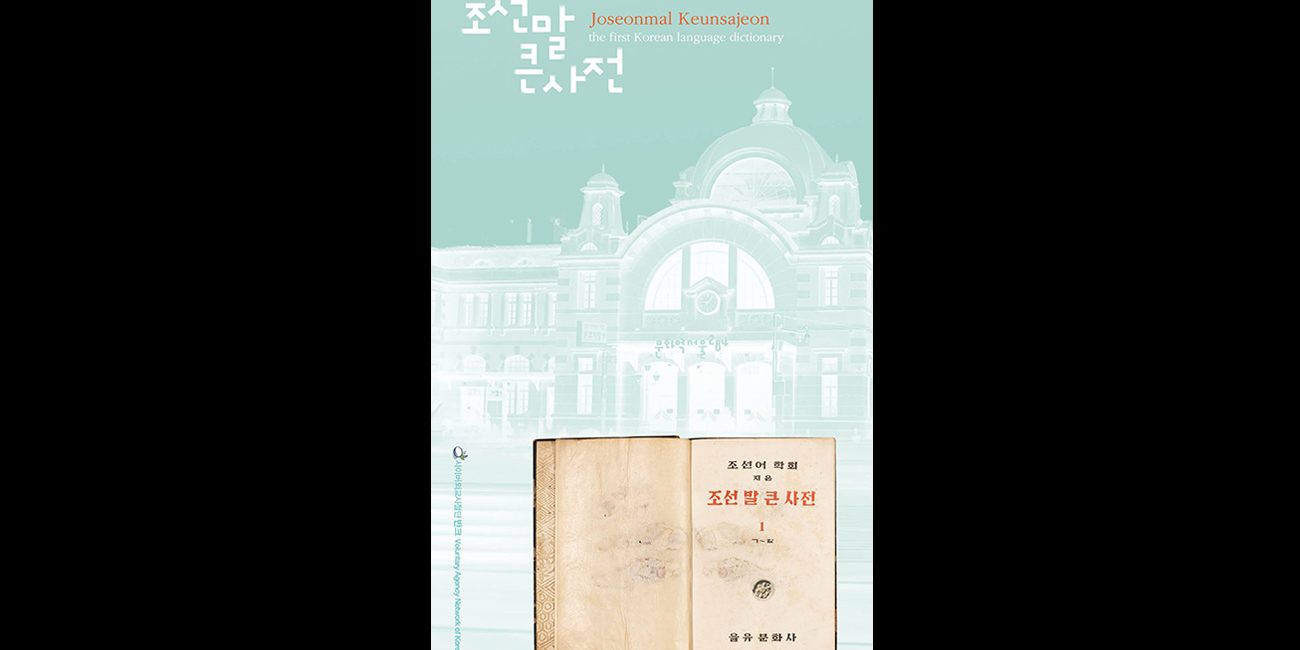How did Goryeo become the first to produce movable metal type print?
In 1967, Dr. Park Byeongseon, then a librarian at the National Library of France, found the second volume of Jikji in the library’s collection. Jikji consists of two volumes that contain the essence of Zen teachings, compiled by Goryeo’s Monk Baekunhwasang. It was printed in 1377 with movable metal type at Heungdoek temple in Cheongju. Dr. Park proved that Jikji was indeed printed with movable metal type and introduced it to the public at an international book exhibition in Paris in 1972. The discovery of Jikji rewrote the world’s printing history. The world’s oldest extant book printed with movable metal type was known to be Johannes Gutenberg’s 42-Line Bible, printed in 1455, but Jikji was printed 78 years earlier.
How did Goryeo (918-1392) become the first to produce movable metal type print? Goryeo possessed all the technologies that were prerequisites for movable metal type printing, such as metal casting and paper and ink making technologies. Goryeo had a long tradition of metal casting, and its paper and ink sticks were popular exports to China due to their superior quality. There is a historical record that Goryeo printed Sangjeong Gogeum Yemun with movable metal type in 1234, 143 years earlier than Jikji. Goryeo’s printing technology was further developed by Joseon. Right after its founding in 1392, Joseon created an office dedicated to movable metal type casting and printed many books with a variety of metal types.
Korea’s movable metal type technology played an important role in advancing its knowledge and culture. The development of Goryeo’s Buddhism and Joseon’s Confucianism was largely benefited by movable metal type printing. In this sense, Jikji is a treasure that proves Korea’s advanced printing technology, which was the key to Korea’


